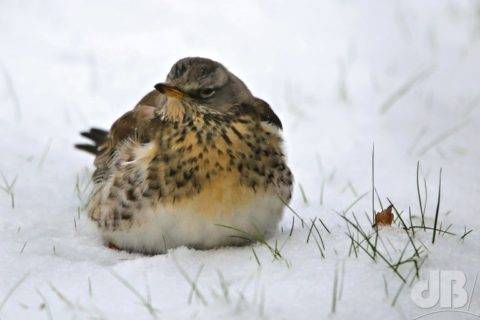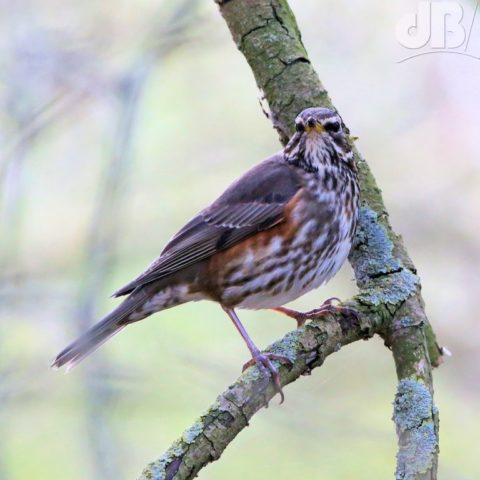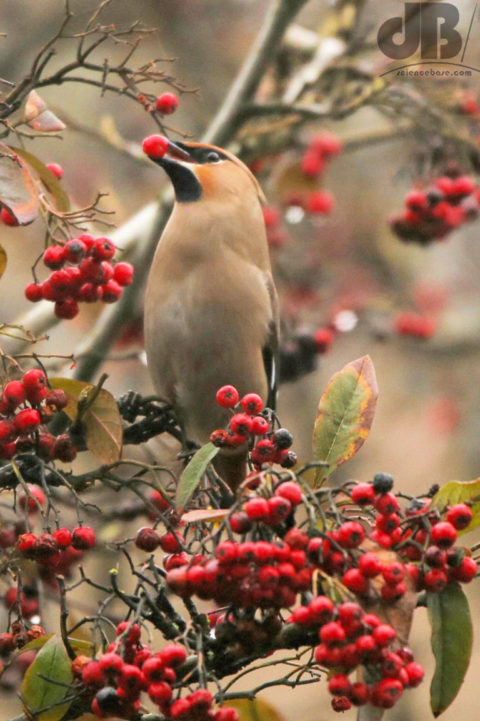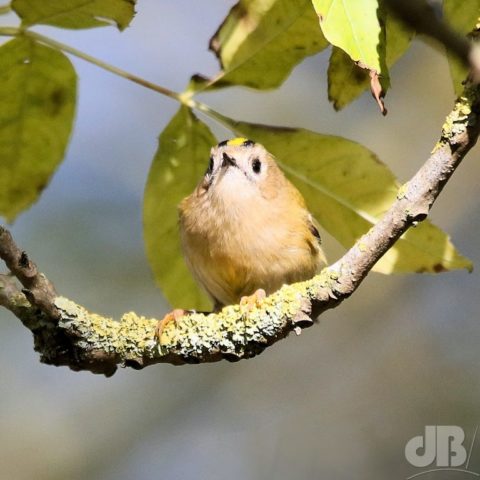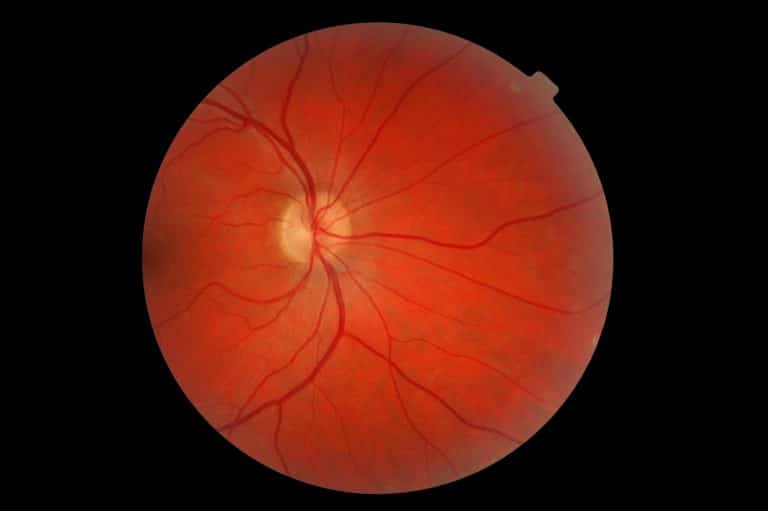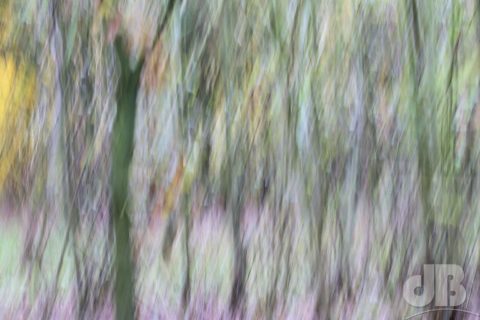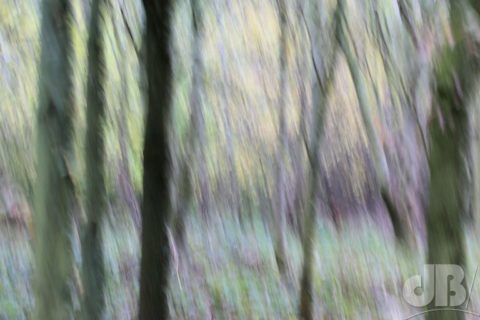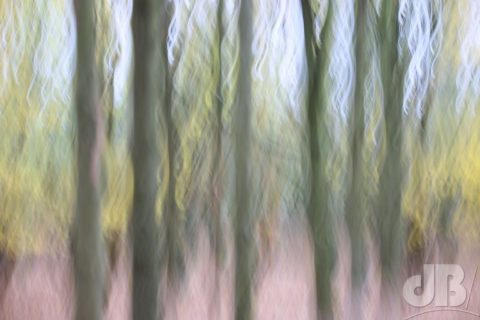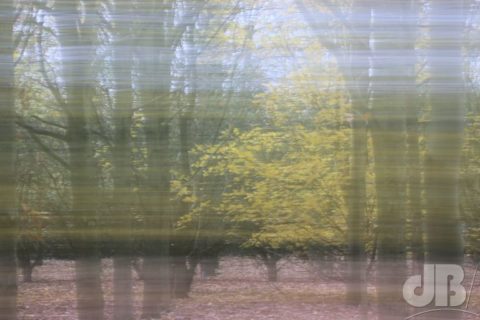You may have seen that an antidepressant called “Esketamine” has been approved for use in the UK. Sounds a bit like ketamine you’re thinking, and you’d be right. It is a purified form of the more well-known drug, commonly thought of as a horse tranquiliser and often used as a drug of abuse.

Many drug molecules come in two forms, what you might refer to as a left-handed and a right-handed form. When they are manufactured, both the left (known as the S) and the right (labelled R) form are produced, usually in equal quantities. Often one form, R or S is more active than the other, as is the case with the painkiller ibuprofen.
Sometimes, one form is active and the other form causes side effects. This is the case with thalidomide, although the forms are interconverted in the body so it is impossible to make a safe form of that particular drug for women who are or might get pregnant.
Standard manufacture of ketamine produces the R and the S form, (R,S)-2-(2-chlorophenyl)-2-(methylamino)cyclohexanone. The R form, interacts with additional receptors in the body that are not the chosen target of the drug and so lead to side effects. Hence, the need to produce ketamine as the S form only for use in treating depression. The drug S-ketamine, thus becomes esketamine. The S form is twice as potent as the mixture of R and S. The R form is nominally arketamine, clever naming.
Esketamine is marketed as Ketanest and Spravato, commonly used as a general anesthetic (intravenous) and now for severe, treatment-resistant depression (nasal spray). The drug acts by blocking the NMDA (N-methyl-D-aspartate) receptor in the nervous system and also acts as dopamine reuptake inhibitor. Dopamine release is associated with pleasure and feelings of reward, these feelings can, theory goes, be made to last longer if the dopamine remains active and is not “reuptaken” back into nerve cells too quickly.
Ketamine can be addictive and so can its S enantiomer, esketamine, which as mentioned has now been approved in the UK. Some physicians are concerned about its use. Addictive nature aside, there is the issue that esketamine increases glucose metabolism in the frontal cortex of the brain and this may be responsible for the more psychologically dissociative and hallucinogenic effects of esketamine. Arketamine decreases glucose metabolism in the brain and is thus reportedly more relaxing.
On balance, the ratio of benefits to risk is considered high enough that it can be safely used for some patients with severe and very debilitating forms of depression.
Footnote
The one thing I’ve not yet ascertained is whether or not the manufacture of esketamine begins with the 50:50 racemic mixture of the R and S forms and involves their separation prior to formulation of esketamine or whether the manufacturer has an enantioselective synthetic route that gives them a bigger proportion of the S form and less waste when they remove the R form prior to formulation. Luddchem pointed out a cyclodextrin paper published by Wiley here.



